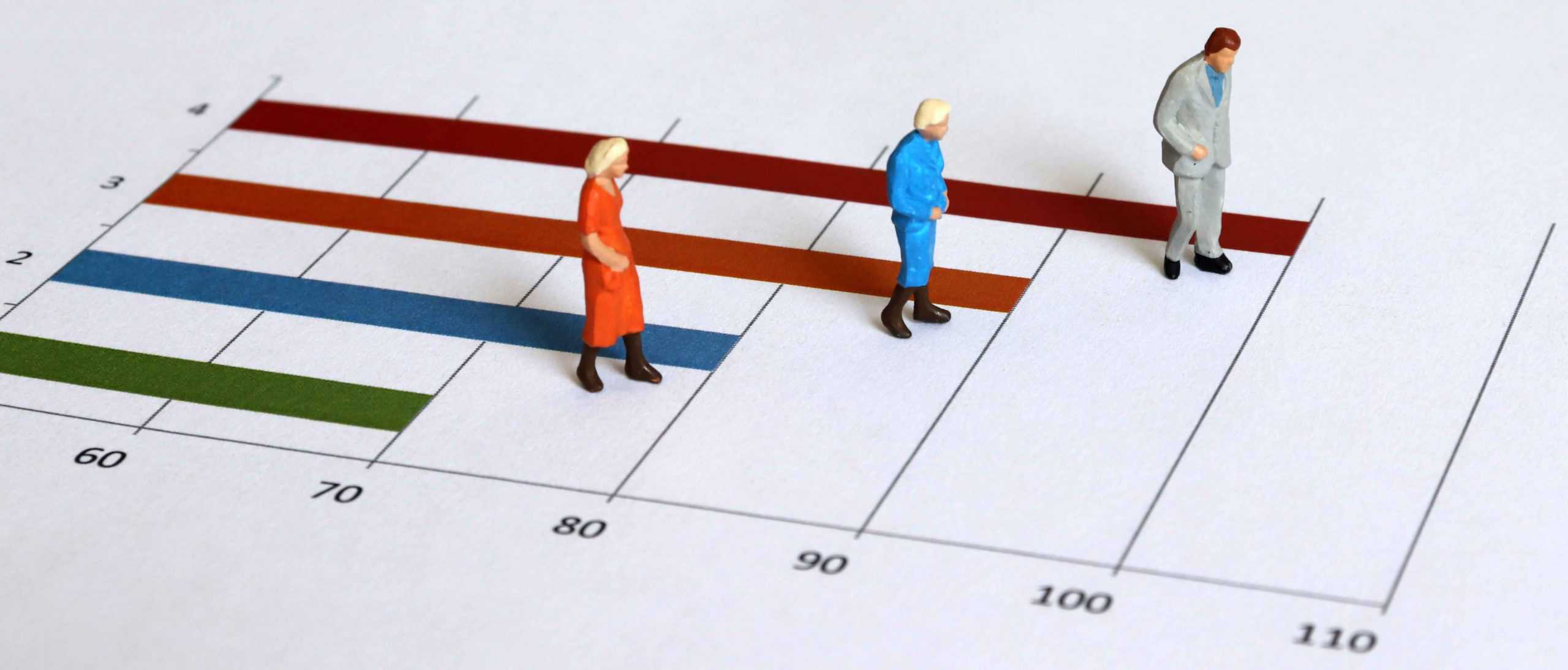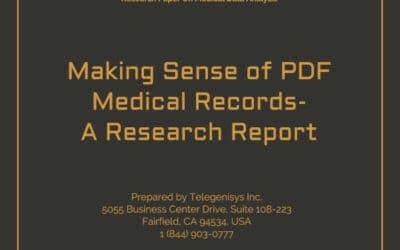Fitness and frailty[1] factors help determine the physiological decline of a person over his lifetime. The coping mechanism of the body to the onslaught of diseases decreases as age progresses. An underwriter assessing for life expectancy looks at travel history, exercise regime, the capability to perform the activities of daily living, hobbies, mobility, fitness, and other such factors. The answers to all of these put together help determine the fitness/frailty of a person.
Fitness determinants[2] are an active lifestyle like participating in sports, traveling, working, ability to complete all activities of daily living independently. Frailty determinants mean inability to complete activities of daily living independently. transfer dependence, use of assistive devices for mobility, a sedentary lifestyle, living in assisted living, etc. Memory issues are also a frailty determinant as this involves dependency on others to conduct financial activities and make informed decisions.
Frailty determinants show the consequence of a cumulative decline in many physiological systems during a lifetime. Although frailty is inevitable with aging, a frail state could also be a result of long drawn illness, malnourishment, or medical conditions that inhibit the absorption of nutrients.
The recovery[3] of a frail person after a stressor event is slow and difficult with several setbacks. Research shows that frailty assessments can predict risk of fracture and are comparable to fracture risk assessments. This means that frailty assessments could be good tools for predicting and managing osteoporosis and fracture risk, and aid in decision-making around osteoporosis.
A “Frailty index as predictor for morality”[4] study conducted by Gotaro Kojima, Steve Iliffe, and Kate Walters found that those who are frail are predisposed to various negative health outcomes, such as falls, fractures, hospitalization, nursing home placement, disability, poor quality of life and dementia. Frailty is a strong predictor of mortality as shown by systematically conducted reviews. A person’s health status may be quantified as a frailty index (FI), which is the ratio of the deficits present in the person to the total number of deficits considered. The FI predicts mortality independently of the chronological age.
The Edmonton Frail Scale (EFS)[5] is one such frailty assessment tool that captures multidimensional aspects of frailty. The EFS is used to flag more specific issues that warrant closer attention. These scores help the underwriters to assess the risk for an individual’s life expectancy.
The summarizers’ team at Telegenisys looks minutely at every aspect mentioned in a set of medical reports. They highlight all aspects related to the fitness of a person like lifestyle, hobbies, employment, travel, activities of daily living, social support system, along with the medical conditions.
Learn more about medical summarization for life expectancy.
References:
[1]https://www.ncbi.nlm.nih.gov/pmc/articles/PMC6880727/
[2]https://www.bgs.org.uk/resources/frailty-what%E2%80%99s-it-all-about
[3]https://www.cfn-nce.ca/frailty-matters/living-with-frailty/osteoporosis-brittle-bones-and-frailty/
[4]https://academic.oup.com/ageing/article/47/2/193/4508819
[5]https://edmontonfrailscale.org/














0 Comments